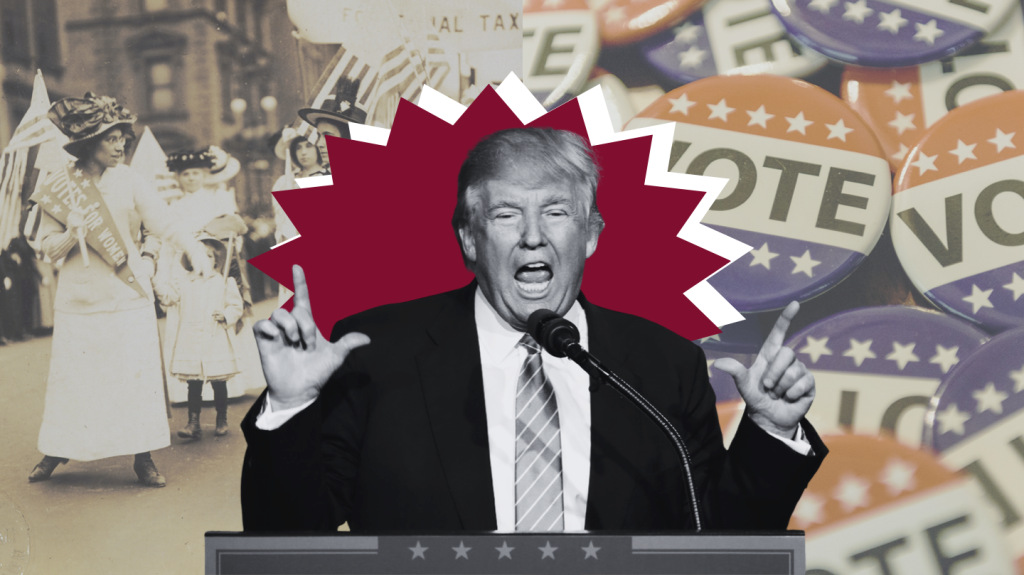
The path to the ballot box just got more challenging for millions of Americans after President Trump’s executive order on March 25 raised the documentation requirements for voters.
The March 25 executive order, “Preserving and Protecting the Integrity of American Elections,” was released in an effort to prevent voter fraud and tighten restrictions on documentation to prove citizenship.
Like the hundreds of previous executive orders President Trump has released since the beginning of his term, this order has faced significant pushback from all sides. Many claim that this order is an overreach of presidential power and undermines the rights of states in matters of their elections.
Critics argue that these measures could have a much stronger impact than just dissuading voter fraud: disenfranchising millions of eligible voters.
The Order
The order outlines a few clear stipulations that could pose barriers for eligible voters across the nation.
While most states do require some form of ID for voter registration, voting in-person, and voting by mail, this order would no longer accept solely a photo ID as valid documentation. Citizens would be required to have a U.S. passport, REAL ID, Military ID, or a government-issued photo ID that either directly states citizenship or is accompanied by additional proof of U.S. citizenship (e.g. birth certificate).
This would affect not only the standard voter registration but overseas/military voters through the Federal Post Card Application. Further, federal agencies would be required to assess citizenship before providing voter registration forms to public assistance program enrollees.
Yet, the provisions do not end at solely identification, with the order’s unprecedented access to voter records by authorizing the Department of Homeland Security and the Department of Government Efficiency to review state voter rolls against federal immigration databases.
It also mandates a paper-based voting system, prohibiting barcode or QR code vote-counting.
To enforce the order, Trump directs the Election Assistance Commission to withhold money from states that fail to implement citizenship documentation requirements or choose to accept late mail-in ballots. Mail-in ballots that arrive after election day are not to be counted, even if postmarked before the final deadline.
As the order’s sweeping provisions extend federal authority further than before, legal experts and voting rights advocates are fighting back.
Legal Challenges
Within days, four separate lawsuits hit federal courts, each asserting that the executive order threatens fundamental voting rights and oversteps presidential authority to dictate election procedures.
The legal challenges—filed by civil rights organizations, voting rights groups, and Democratic leaders—specifically target how the documentation requirements would disenfranchise historically marginalized communities.
On March 31, two complaints were filed by the League of United Latin American Citizens and the Democratic National Committee. These would later be consolidated with the League of Women Voters complaint, filed a day later, which would create one of the first major challenges against the order.
“This measure will no doubt disproportionately impact historically-excluded communities, including voters of color, naturalized citizens, people with disabilities, and the elderly, by pushing unnecessary barriers to the fundamental right to vote,” said Sophia Lin Lakin, Director of the ACLU’s Voting Rights Project, in a press release.
Yet, this was not limited to third party organizations. A coalition of states followed, filing suits against the Trump administration, including California, Rhode Island, and Washington. The DNC, the Democratic Governors Association, and Senate and House Democratic leaders also filed soon after with a complaint of their own.
“The president’s executive order is an unlawful action that threatens to uproot our tried-and-tested election systems and silence potentially millions of Americans,” said Danielle Lang, Senior Director of Voting Rights at the Campaign Legal Center. “It is simply not within the president’s authority to set election rules by executive decree, especially when they would restrict access to voting in this way.”
Congressional Challenges
The threat to election systems does not end with the order. In 2024, the U.S. House of Representatives passed the Safeguard American Voter Eligibility (SAVE) Act, but it did not pass Congress and was reintroduced for this legislative session by Representative Roy Chip of Texas. On April 10, the bill passed the House, and it now awaits further judgment in the Senate.
If this act were to pass, many voter rights organizations would fear similar consequences to the order.
A survey conducted by the Brennan Center for Justice found that more than 9 percent of American citizens of voting age, or 21.3 million people, don’t have proof of citizenship readily available.
Like the order, it essentially eliminates mail-in registration and restricts alternatives—such as online and voter registration drives—to registering in person. There is no clear online documentation system for proof of citizenship stipulated.
These narrower pathways to registration stand to make it increasingly more difficult for vulnerable populations to engage in their civic duty.
Voters Left Behind: The Demographics Most Affected
While the executive order and SAVE Act apply broadly to all Americans, voting rights experts and advocates point to specific demographic groups who will shoulder a disproportionate share of the new barriers to ballot access.
“About 9 percent of U.S. citizens do not have a valid photo ID, and 12 percent have an ID with incorrect information on it, with poorer people, younger people, people with disabilities, and people of color being more likely to lack such identification,” said Patrick Rickert, professor of political science at Rollins College.
Married women who have changed their surnames have become a particular targeted group that may face additional hurdles under the new documentation requirements.
“Nearly 80 percent of married women—more than 69 million American women—adopt their partner’s surname, and they would be unable to register to vote if the name on their ID does not directly match their proof of citizenship,” said the League of Women Voters in a press release.
The order also limits mail-in ballots, which may have the impact to impact rural and low-income communities.
“I find this executive order to be particularly heinous because mail-in ballots have never been an unsecure method of voting; they’re only being demonized because of partisan tendencies,” said Stella Morris (‘26), Coordinator of the Rollins College Democracy Project. “It just ends up hurting everybody, particularly rural voters and low-income voters.”
Restrictions on mail-in ballots may pose a significant barrier for college students, a population that has historically struggled with voter turnout.
While rates of voting in higher education increased in the 2020 election, the CIRCLE at Tufts estimates that 42 percent of young voters, ages 18-29, cast ballots in the 2024 presidential election, as opposed to the 53 percent in the 2020 election. These restrictions on mail-in ballots may only further reduce participation.
“College students are considerably less likely to have documentation proving their citizenship status easily accessible,” said Rickety. “Most people did not pack their birth certificates when they were moving to their dorms and so would have to make their parents send it or go retrieve it.”
College students presently have two address options when they register to vote: their home address or their college address if living on campus.
“Usually, I recommend that students vote where they most care about making a change, with the exception of students coming from Puerto Rico, but if I were registering students to vote today, I would tell them to register on campus,” said Morris (‘26).
Out of state students may still struggle to gather the proper documentation and will likely have to be diligent about sending their absentee ballot with plenty of time before Election Day.
The Path Forward
While specific demographic groups face unique challenges under the new requirements, political scientists and legal experts are examining the broader constitutional and practical implications of these changes.
“States are responsible for making their own laws governing elections, unless Congress passes a law that supersedes it,” said Rickert. “The current Court has been protective of voting rights over the past several years, and so I see clear legal hurdles to this being implemented.”
Rickert explains that while it is not uncommon for a president to try to extend their authority, it is rare to see push from the federal level to limit elections. Historically, states are the ones developing more stringent policies.
“The research on ID requirements is mixed both in its effectiveness and its impact on voters,” said Rickert. “We know that voter fraud is extraordinarily rare in the United States—by some estimates, less than 10 instances across the over 100 million votes cast every election—and the majority of those are someone mistakenly casting their ballot at the wrong polling place.”
Preventing voter fraud was a clear talking point in President Trump’s executive order and surrounds much of the rhetoric regarding the SAVE Act.
“We’re going to fix our elections, so that our elections are going to be honorable and honest and people leave and they know their vote is counted,” said Trump. “We are going to have free and fair elections and ideally, we go to paper ballots, same-day voting, proof of citizenship, very big, and voter ID, very simple.”
While both sides of the issue espouse that the upholding of this order—or the passing of the SAVE Act bill—are contingent in our upcoming elections, Rickert argues there is not much to fear.
“These regulations, if they are maintained by the courts, could theoretically disproportionately impact certain demographic groups,” said Rickert. “The research says that these regulations don’t help as much as their supporters claim or do as much damage as their opponents fear.”
The administration maintains these measures are necessary for election integrity, but it is up to the courts to see if this order will hold up. The SAVE Act has already passed the House on April 10 and now awaits the judgment of the U.S. Senate.
No matter what, it does remain illegal for non-U.S. citizens to vote in elections.
As legal challenges continue to advance through the courts, voting rights advocates urge citizens to remain engaged despite potential obstacles. In addressing her fellow Rollins students, Morris (‘26) shared some words.
“Do not be discouraged, in fact, be encouraged,” said Morris (‘26). “If the Trump administration felt like your vote wasn’t a threat, they wouldn’t be putting in so much effort to make it as difficult as possible for you to go to the polls. Do not let it overwhelm you—they do that on purpose. Stay vigilant.”

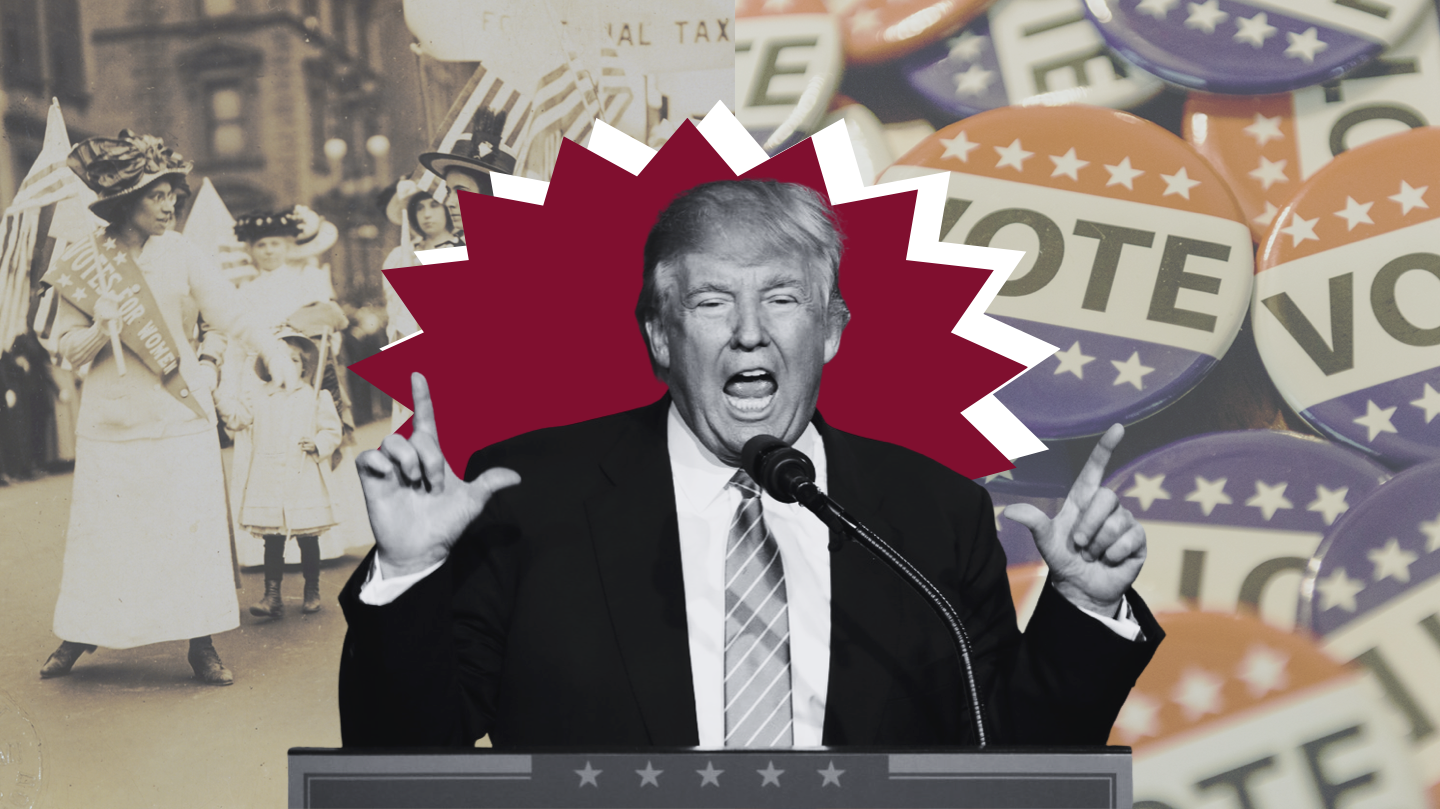
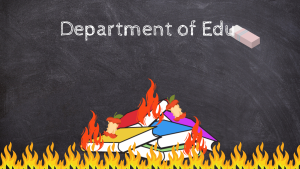
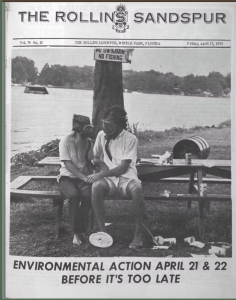
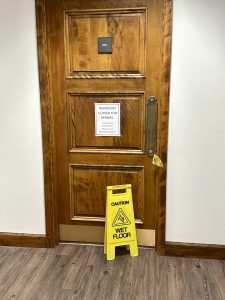




Comments are closed.